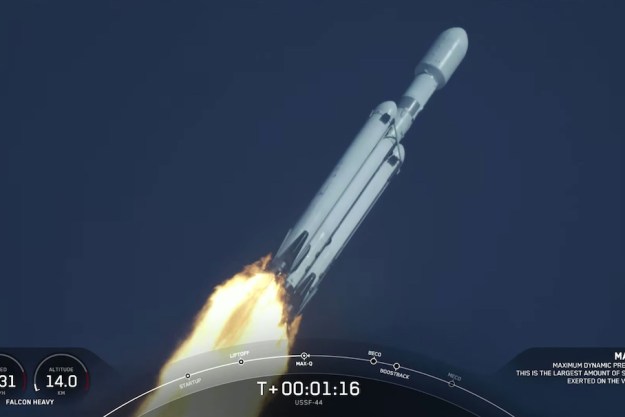Astronomers recently observed the largest cosmic explosion ever seen, far brighter than a supernova and lasting for much longer too. They believe that the outpouring of light is due to a supermassive black hole devouring a large cloud of gas.
Some of the brightest events seen in the sky are supernovae, which are huge explosions that occur when a massive star comes to the end of its life. But the recently observed event, called AT2021lwx, was 10 times brighter than any known supernova. Supernovae also typically last for a few months, but this event has been shining out for several years.

“We came upon this by chance, as it was flagged by our search algorithm when we were searching for a type of supernova,” said lead researcher Philip Wiseman of the University of Southampton in a statement. “Most supernovae and tidal disruption events only last for a couple of months before fading away. For something to be bright for two plus years was immediately very unusual.”
The researchers used several ground-based telescopes to observe the event, which had first been spotted in 2020. Because of how far away the explosion is, the event must have occurred around 8 billion years ago.
While bright events involving the supermassive black holes at the heart of galaxies typically show brightness rising and falling, that wasn’t the case here. “Looking back over a decade there was no detection of AT2021lwx, then it suddenly appeared as one of the most luminous things in the universe, which is unprecedented,” said co-author Mark Sullivan.
The researchers can’t say for certain what caused the explosion, but one theory is that it occurred when an enormous cloud of hydrogen gas strayed too close to a supermassive black hole, and parts of it were devoured as they passed the event horizon. That caused shock waves throughout the rest of the cloud and other material circling the black hole.
To understand more about the event, the researchers plan to observe it in different wavelengths such as X-rays. Upcoming telescopes like the Vera Rubin Observatory will also be able to look for other similar events, as it will perform regular surveys of half of the night sky to identify changes and spot transient events.
“With new facilities, like the Vera Rubin Observatory’s Legacy Survey of Space and Time, coming online in the next few years, we are hoping to discover more events like this and learn more about them,” Wiseman said. “It could be that these events, although extremely rare, are so energetic that they are key parts of how the centers of galaxies change over time.”
The research is published in the journal Monthly Notices of the Royal Astronomical Society.
Editors' Recommendations
- Biggest stellar black hole to date discovered in our galaxy
- Nightmare black hole is the brightest object in the universe
- Astronomers spot rare star system with six planets in geometric formation
- Record-breaking supermassive black hole is oldest even seen in X-rays
- This peculiar galaxy has two supermassive black holes at its heart




